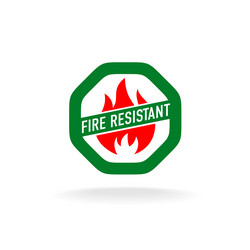Greater understanding of health risk in product chemicals
FR chemicals are used in everyday consumer goods (such as electronics and furniture) and construction materials (e.g. building insulation) to reduce fire risk. As FR chemicals can leak from products into surrounding environments, it is vital to understand the likelihood and health risks of human exposure. This was the aim of the EU-funded project INFLAME(opens in new window) (Indoor contamination with flame retardant chemicals: Causes and impacts). In addition, INFLAME focused on running a training programme that produced a cohort of 14 highly trained early-career scientists. Scientists developed new analytical methods measuring the extent to which FRs leaked from children's toys, furniture and electronics into surrounding air and dust. They developed models predicting the indoor movements of FRs and confirmed that ventilation could transfer the chemicals outdoors and into the food chain. Among INFLAME's scientific achievements was the discovery that the highest transfer risk was through dust, such as when it settles on top of a TV. The project also showed that contamination risk increases with exposure, and that using hair samples was the safest testing method. These results may benefit policymakers by providing safer approaches to meeting fire safety regulations and for assessing the risk of current and newly developed chemicals. Furthermore, INFLAME benefits industry by providing greater insight into FR contamination, which will facilitate better product design that minimises transfer into humans.







